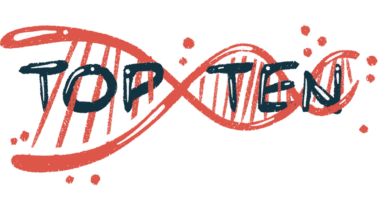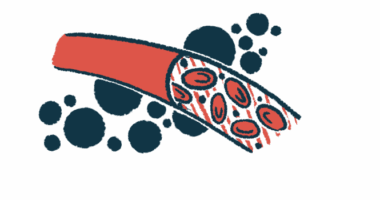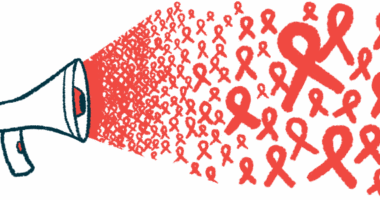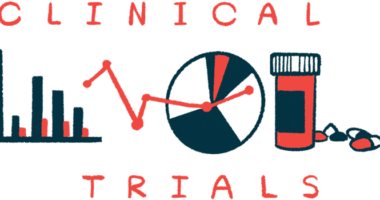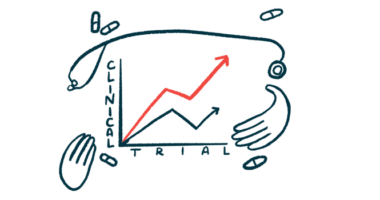Non-drug Treatments for Muscular Dystrophy
Physiotherapy
Physiotherapy may help to slow disease progression, maintain quality of life, and reduce pain in MD patients. Keeping active is important to strengthening muscles and improving flexibility and mobility of joints. A physiotherapist can help design a physical therapy program tailored to each individual’s needs.
Occupational Therapy
Occupational therapy can help teach patients with MD to carry out everyday tasks more efficiently. An occupational therapist can help patients maintain their independence as long as possible by recommending therapy techniques, assistive equipment, and practical adaptations to maximize their quality of life.
Speech Therapy
In some types of MD, weakness in the facial and oral muscles that control the use of the tongue, lips, soft palate, cheeks, and diaphragm results in problems with speech quality (dysarthria) and voice quality (dysphonia). When this happens, speech therapy may be recommended. There are several ways by which speech problems can be treated under the guidance of a speech therapist.
Surgery
There are several types of surgery that may be required to diagnose the type of MD a patient has, to monitor disease progression, or to treat complications stemming from the condition. These can include muscle biopsy, scoliosis correction, gastrostomy tube insertion, tracheostomy, pacemaker surgery, cataract surgery, or tendon surgery.
Ventilation
Hypoventilation is a common problem due to weakened respiratory muscles in patients with some types of muscular dystrophies such as Duchenne. These patients require long-term ventilation support either at night or whenever their lung function is below acceptable levels. Ventilation support can be either invasive or non-invasive.

